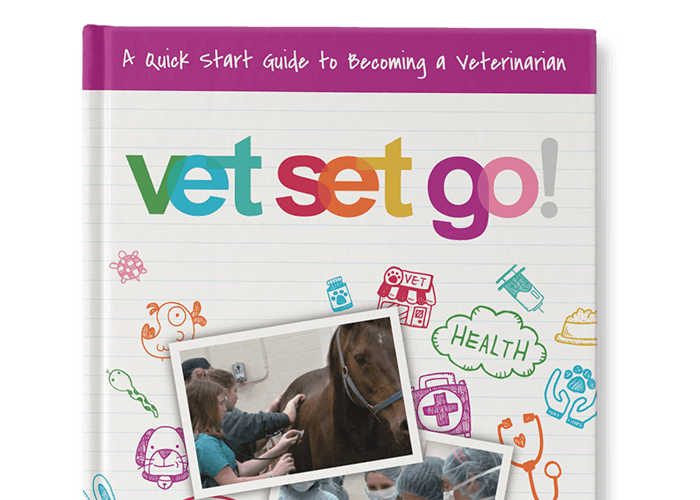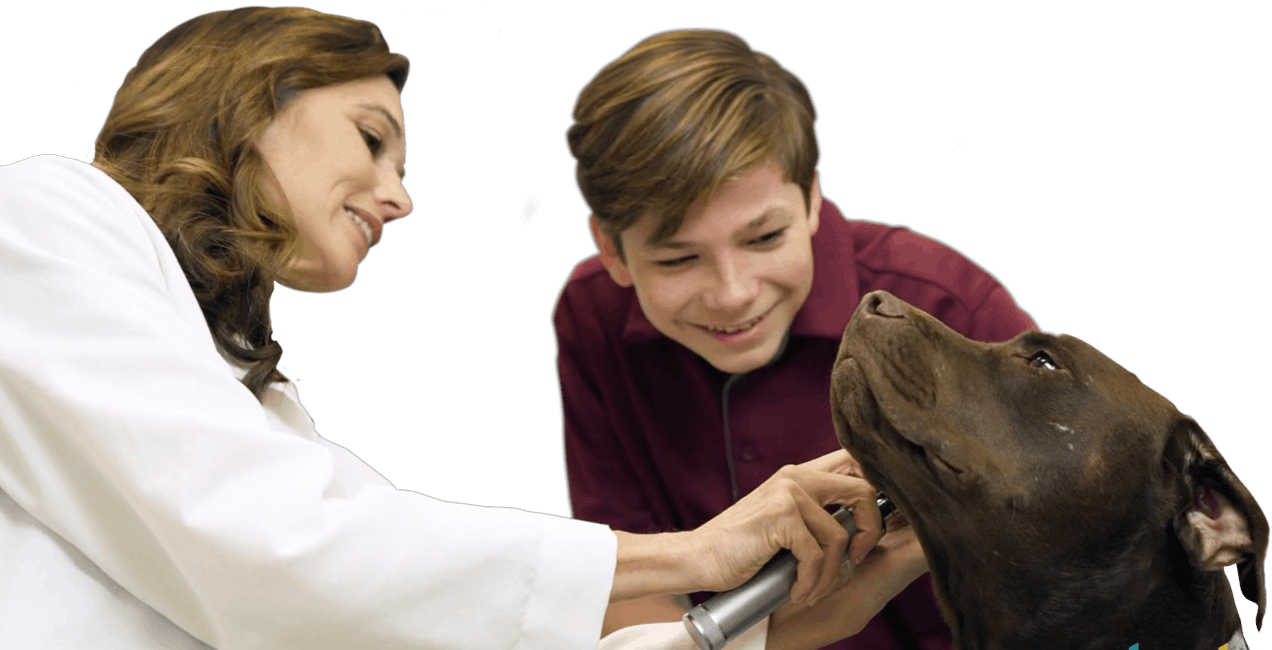When a car challenges a snapping turtle, the turtle rarely wins. But this turtle is luckier than most. Discovered severely injured by the side of the road, the snapping turtle is carefully transported to the Wildlife Rehabilitation Center of Minnesota for help.
There, Dr. Leslie Reed and staff assess the damage from the car’s impact. The face is shattered, the jaw is broken, and there’s extensive damage to her nose. Without surgical repair, the turtle would never breathe or chew normally and would most likely starve to death.
Dr. Reed and her staff prepare the turtle for surgery.
About the Facial Reconstruction Procedure
To help minimize pain and stress on the turtle, and protect the safety of the staff and patient, the turtle must be anesthetized. But that can be tricky. Since a turtle can hold its breath for long stretches of time, the surgical staff can’t be sure the patient will inhale the gas anesthetic and become sedated. Instead, the anesthetics are injected into a vein or muscle.
Once the turtle is under, Dr. Reed and the staff clean the injury and realign the bones of the jaw and nose into normal position. She then inserts tiny stainless steel screws and wires to hold the bones together.
The turtle is given pain medication and will be monitored for the next 8 to 10 weeks until the broken bones heal and the screws and wires can be removed. Then the staff will keep a close eye on her to make sure the bones are stable and she’s eating normally and gaining weight before releasing her back to the wild.
“Being able to give an animal a second chance at life, and see it released back into its natural habitat is the best feeling in the world.”
“Being able to give an animal a second chance at life, and see it released back into its natural habitat is the best feeling in the world.” according to Dr. Reed. “This is the fourth snapper that I’ve had to do facial reconstruction surgery on in the past couple of years, who knew, as a veterinarian, I would also be a plastic surgeon?”
Do You Want to Work with Wildlife?
What makes veterinarians who work in wildlife rehabilitation different from other types of animal doctors? For one thing, they tend to work on a broad range of species.
The veterinarians at the Wildlife Rehabilitation Center of Minnesota see about 180 different species — sometimes over 100 new patients a day. “In the winter months, we see a lot of waterfowl such as ducks, swans and geese, as well as songbirds, rabbits, squirrels, opossums and bats,” according to Dr. Reed. But spring and summer are the busiest seasons. “We take in hundreds of orphaned ducklings, songbirds, rabbits, turtles, squirrels and raccoons, as well as fox kits, coyote pups and beaver kits,” she adds.
That means these veterinarians need to know a lot of different treatments and surgical procedures. “The field of wildlife medicine is still rather new,” says Dr. Reed, “so every day is a constant learning process.” Needless to say, the patients are very different than domesticated animals such as cats, dogs and horses. “They’re very scared of people, so we always have to keep that in mind,” she adds.
Dr. Reed first became interested in helping wildlife when she volunteered at a rehabilitation center as a freshman at Iowa State University. “I fell in love with it instantly, and knew I had found my passion,” she says.
If you’re interested in wildlife medicine, Dr. Reed recommends starting to work with animals early.
If you’re interested in wildlife medicine, Dr. Reed recommends starting to work with animals early. “Not only will you develop skills working with animals, and also develop a work ethic, you’ll build relationships with individuals who may open doors for you in the future,” she says.
Dr. Reed recommends that you start volunteering at wildlife centers as soon as possible. She volunteered at rescue centers for marine mammals, seabirds, raptors (birds of prey) and even worked with exotic and zoo animals. If you don’t meet the minimum age requirement for wildlife centers, she suggests working at local animal shelters or humane societies, some of which take in wildlife as well.
“Follow your heart, and your instincts, and never let anyone get in the way of your ultimate goal,” advises Dr. Reed. “If you work hard, and prove that you are dedicated to your aspirations, you can achieve anything!”
Do You Want to See More?
Some veterinarians even work exclusively with turtles. Watch as a veterinarian cares for sick and injured sea turtles. Or check out an exotic bird veterinarian or a zoo veterinarians.










Comments Add Comment
Vetsrule0617
The poor turtle, I hope it is doing ok in the wild after that terrible accident!
Annaram0673
Same
Want to add a comment?
In order to comment you need to login or join Vet Set Go